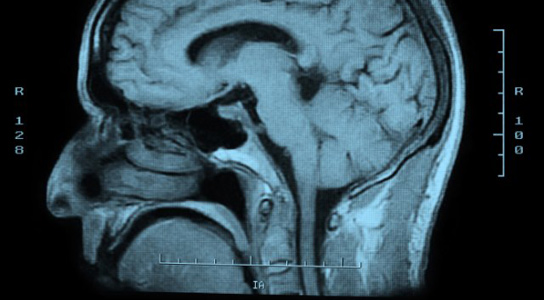Brain Scans of Rappers During Improvisation Show Creativity At Work
November 19, 2012

Rappers improvising rhymes while their brains are being scanned in a functional magnetic resonance imaging (fMRI) machine have provided an insight into the creative process.
The scientists published their findings in the journal Scientific Reports. Freestyle rapping, in which a rapper improvises a song by stringing together unrehearsed lyrics, is one of the highest prized skills in hip hop. Instead of watching performances in a club, Siyuan Liu and Allen Braun, neuroscientists at the US National Institute on Deafness and Other Communication Disorders in Bethesda, Maryland, and their colleagues, had 12 rappers freestyle in a fMRI machine.
The artists also recited a set of memorized lyrics. These were compared to the scans obtained when rappers were freestyling and allowed the researchers to see which areas of the brain were used during this improvisation.
During the freestyling, the scans showed lower activity in the dorsolateral prefrontal cortex in the frontal lobes, and increased activity in the medial prefrontal cortex. The areas that were found to be lessened are associated with regulation other brain functions.
This could be a relaxation of the brain’s executive functions, to allow a more natural, de-focused attention and uncensored processes to occur that could be the hallmark of creativity, states Braun.
This suggestion is a bit controversial in the literature, as previous studies have shown activation of the dorsolateral prefrontal cortex in creative behavior. The discrepancy might have to do with the tasks chosen to represent creativity, states Braun. Some of these activities require recall, which could be less creative than freestyling.
The downregulation is likely to apply to other, non-musical activities, including science. The findings could also suggest an explanation as to why new music might seem to the artist to be created of its own volition. With less involvement by the lateral prefrontal cortex, the performance could seem to its creator to have occurred outside of conscious awareness.
The researchers are now working on how the initial burst of creative inspiration occurs. The creative process is divided into two phases, states Liu. The first is the spontaneous improvisatory phase. In this phase, novel ideas are generated. The second phase involves some kind of creative processing in revision.
No comments:
Post a Comment